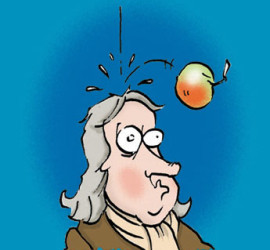Increasing gravity reveals the mechanism of human tremor
Everyone experiences some degree of involuntary motion when trying to keep their hand still. Known as physiological tremor, the underlying mechanisms have been debated for over a century. Two explanations, neural and mechanical, are generally offered. The neural theory suggests that involuntary movements directly reflect oscillations in the control signal […]







